The Paper Trail – October 2020
Welcome to the latest edition of The Paper Trail, a monthly compilation of the most interesting, thought-provoking and informative investment research I can find.
Housekeeping items:
- Each piece will be introduced with the primary question the authors aim to explore and/or answer.
- I’ll also include a memorable quote and visual from each one.
- Lastly, they are bucketed into two categories, sorted by estimated reading time – “bps” for the shorter ones and “pieces” for the longer ones.
Enjoy!
“bps” (reading time < 10 minutes)
How will this recession transform long-term demand?
“While it is perhaps just a bit glib to say it this way, I believe we are witnessing the birth of the economy of 2030 before our very eyes.”

There Are Decades when Nothing Happens, and Weeks where Decades Happen (TCW/MetWest)
Would the advent of Central Bank Digital Currencies (CBDCs) open the floodgates of liquidity and accelerate the rate of inflation?
“The lines between fiscal and monetary policy have become ever more blurred by the need to use both instruments to help deal with the challenges of a growth shock, weak inflation, a weak jobs market and income inequality.”
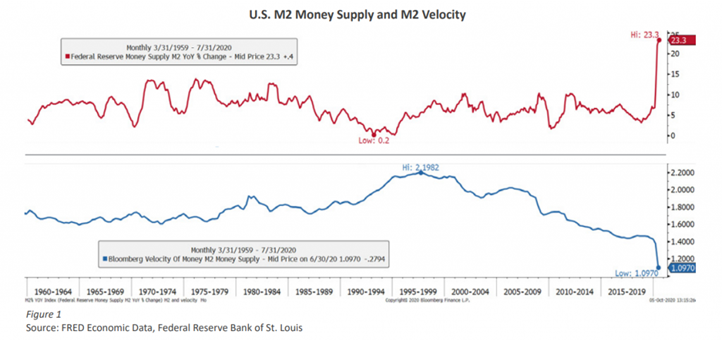
The Pandora’s Box of Central Bank Digital Currencies (DoubleLine)
Can a “Pandemic Factor” help investors construct better portfolios in the wake of 2020?
“Broadly, we believe that investors should indeed be careful to avoid any excessive long or short exposures to the Pandemic Factor; this would include a large imbalanced exposure to either the recent winners in this environment (in an effort to follow the momentum) or the recent losers (in an effort to catch the bounce). In short, diversifying across both, and adding strategies that have the potential to diversify a broader portfolio, may be a useful approach.”
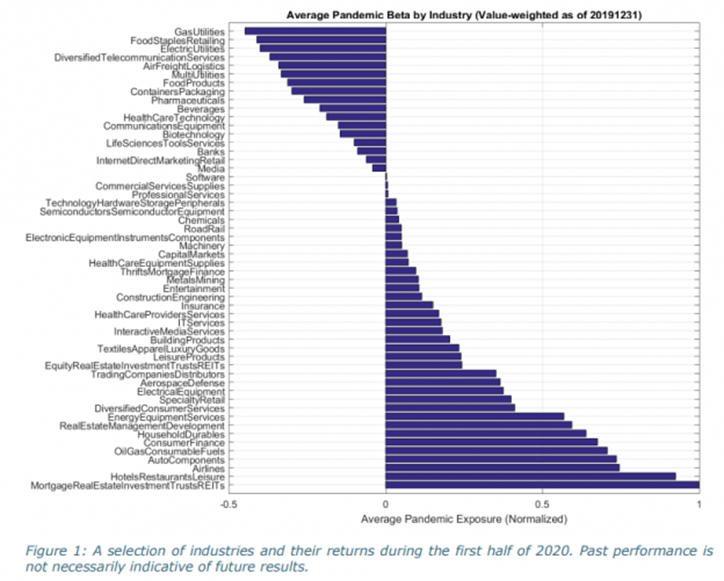
Do elections actually matter to financial markets?
“Overall, except for a change in parties, it does not appear that presidential election years have an outsized impact on markets. Rather, as we discussed, the chain of cause and effect appears to move in the opposite direction: the markets and economy have a greater impact on who will be elected.”

The 2020 Elections and the Markets: What Can History Tell Us? (Meketa Investment Group)
How should equity investors balance near-term risks with longer-term market friendly developments?
“In short, this is an exceptionally dovish Fed, even in the context of the last two decades (and more) of very dovish Feds. It speaks of an organization that is determined to change the deflation-prone narrative that has dominated and threatened the system over the last two decades.”
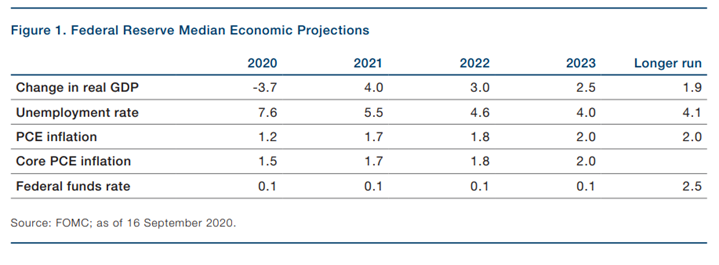
Can forward-looking return assumptions be improved by harnessing the wisdom of crowds?
“In order to harness the wisdom of crowds, we need to collect the forward looking views of market participants.”
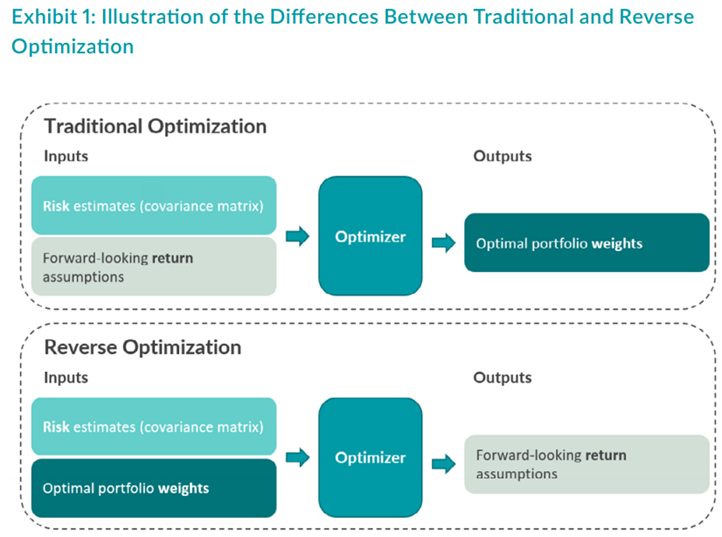
Estimating Global Investor Views with Reverse Optimization (Two Sigma)
“pieces” (reading time > 10 minutes)
Has the rise of the intangible economy changed the rules of investing?
“The previous approach makes the fundamental assumption that intangible assets should be treated like tangible assets. While this is better than pretending intangible assets don’t exist, it disregards the properties that make them so special.”
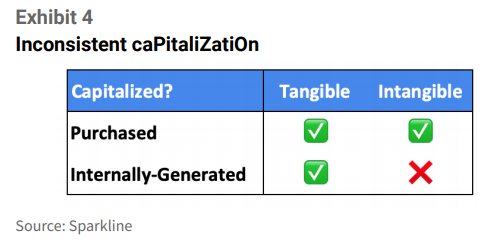
What do current Cyclically-Adjusted Price-to Earnings (CAPE) ratios and 10-year interest rate yields say about forward looking return expectations?
“We found that the Excess CAPE Yield is close to its high across all regions, indicating that relative to bonds, equities appear highly attractive and the potential excess returns available to equities may be high.”
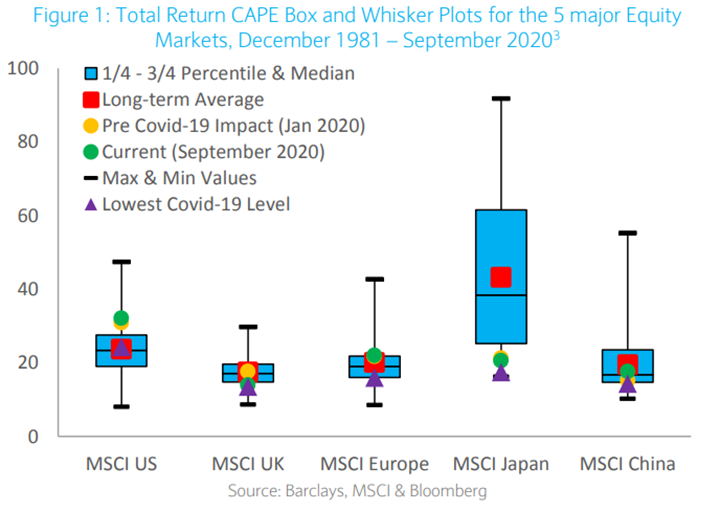
CAPE and the COVID-19 Pandemic Effect (Robert Shiller, Laurence Black and Farouk Jivraj)
Are unintentional bets lowering investors’ odds of meeting their objectives?
“Bottom-line, outperforming an SAA benchmark is hard enough – making sure your portfolio’s active risk is as intentional as possible can make the journey a bit easier.”
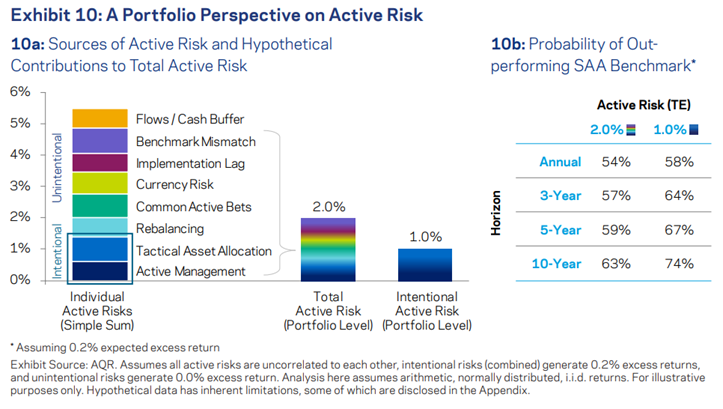
Was That Intentional? Ways to Improve Your Active Risk (AQR)
How should investors calibrate the riskiness of their portfolios in this highly uncertain environment?
“But today, with the fed funds rate and yield on the ten-year well below 1%, people are flocking to high yield bonds paying 5-6% like it’s free money. The point is that the lower the risk-free rate, the lower the prospective return needed to attract capital to other asset classes.”
Get on the List!
Sign up to receive the latest insights from Phil Huber directly to your inbox.

